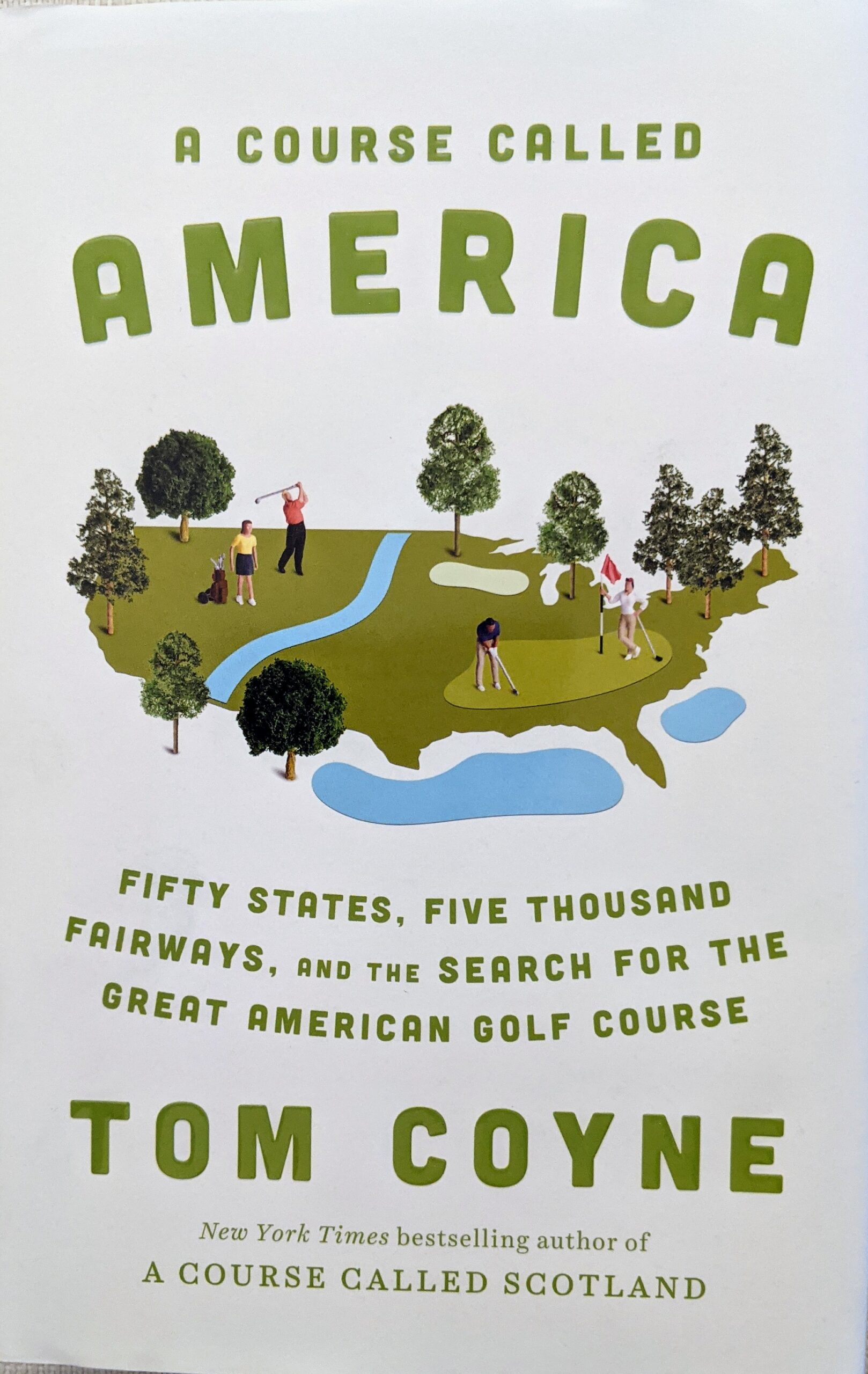
 Dismiss the fact that the PGA Tour has played tournaments in Hawaii the last two weeks. The 2022 golf season really starts this week. That’s when the golf spotlight shifts to Florida and will stay there for a while.
Dismiss the fact that the PGA Tour has played tournaments in Hawaii the last two weeks. The 2022 golf season really starts this week. That’s when the golf spotlight shifts to Florida and will stay there for a while.
The PGA Merchandise Show returns after taking a year off because of pandemic concerns and the LPGA – after concluding 2021 with two stops in the Sunshine State – gets back in action with its first three tournaments of the new year in Florida.
The PGA Tour returns to the mainland with the Farmers Insurance Open in California and PGA Tour Champions has its Tournament of Champions in Hawaii, but those events don’t match the glut of activity the women are planning around the Merchandise Show.
First event is this week’s LPGA’s 2022 debut, the Hilton Grand Vacations Tournament of Champions. In addition to the new title sponsor the tourney has a new venue, Lake Nona on the outskirts of Orlando. It’ll be a four-day 72-hole battle of players who have won on the circuit in the last two years and there’ll be a celebrity competition mixed in. Play begins on Thursday.
As soon as the last putt drops at Lake Nona on Sunday the scene shifts to nearby Orange County National for a scaled down version of the Demo Day that traditionally preceded the big show at the Orange County Convention Center. Most the major club manufacturers won’t be at the show this time, but there’ll be an array of golf-related companies on hand. It won’t be quite the traditional New Year’s celebration when golf diehards gather, but it’ll be as close to a return to normalcy as we can get for now.
It won’t be easy for the LPGA’s tournament offerings to match last year’s, either.
The 2021 season started with Jessica Korda winning the Tournament of Champions and her sister Nelly winning the first regular season event, the Gainbridge Championship then played at Lake Nona. That was only the second time sisters won back-to-back events on the LPGA Tour, the first being in 2000 when Lake Nona member Annika Sorenstam and her sister Charlotta pulled off the feat.
This year’s T of C has a new site and a $1.5 million purse for the 72-hole no-cut tournament. The field includes six of the top 10 in the women’s world rankings and also features Japan’s Nasa Hataoka, who calls Lake Nona “my member course’’ because she practices there throughout the season; and Michelle Wie West.
This year the Gainbridge moves back to Boca Rio, in Boca Raton, with Nelly going in as the defending champion in a 120-player field with $2 million in prize money on the line from Jan. 27-30. She’s coming off a spectacular year and the Gainbridge win started it all. It came in late February of 2021 and was her fourth professional win but the first with her parents, both Florida residents, on hand.
Nelly went on to win four more titles in 2021 including the Olympic gold medal en route to claiming the No. 1 world ranking. Her sister will be the defending champion at the Tournament of Champions.
Though Nelly is the defender at Boca Rio, Sweden’s Madelene Sagstrom feels like one, too. She won the 2020 Gainbridge tournament there. It was her first win as a pro.
“I’m biased about this place,’’ said Sagstrom, who now lives in Orlando and will also be in the field at Lake Nona. “On Friday (of her win in 2020) I shot 62 – my lowest round by three shots.’’
Adding to that, she did it with the father of her boyfriend working as an emergency caddie when her usual bag-toter couldn’t get to the tournament on time. Her game slipped a bit after the tour shut down play a month later.
“Before the pandemic I was on a role, but then we were out for five months and I lost my rhythm for a while,’’ she said, “but I did finish second in a major (T2 at British Open) and got it back.’’
The Gainbridge field also includes Delray Beach resident Lexi Thompson, who will be making her 2022 debut. She didn’t qualify for the Tournament of Champions. The field also includes Brooke Henderson, the popular Canadian player; New Zealand’s Lydia Ko and Korea’s Inbee Park, who is coming off a lengthy layoff from competition.
After that the LPGA concludes its run of Florida tourney to start the season at the Feb. 3-5 Drive On Championship at the Crown Colony course Ft. Myers.















